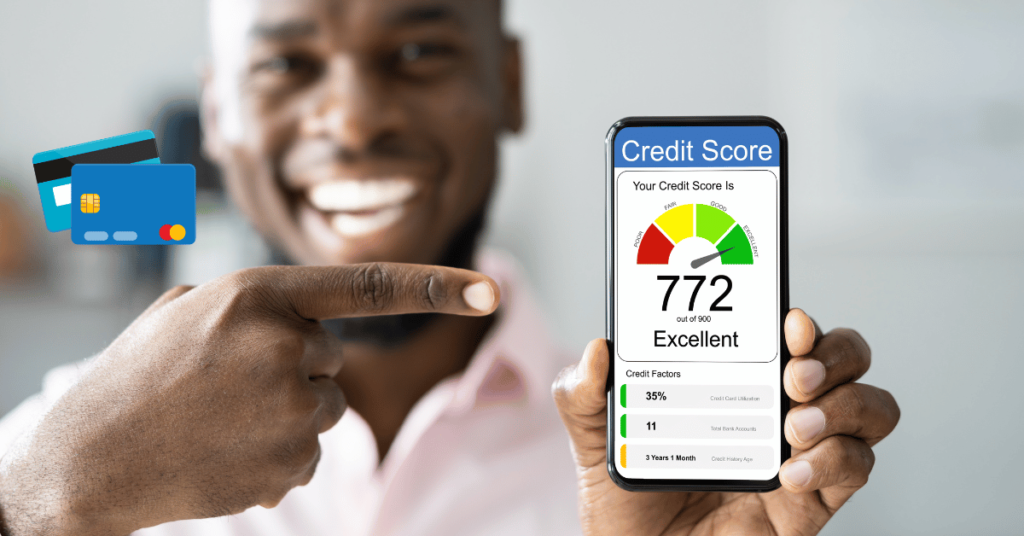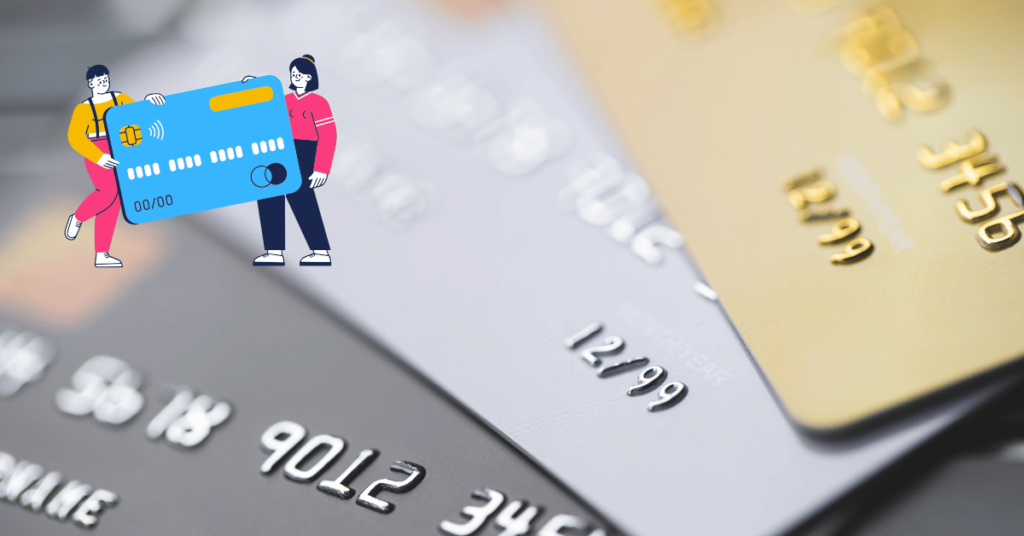Credit card debt can be challenging, especially for college students managing their finances independently. Learning how to manage and minimize debt early on will set you up for future financial success. Here’s a step-by-step guide on managing credit card debt effectively while in college.
Why Managing Credit Card Debt Matters for Students
Understanding how to handle debt responsibly can prevent financial issues that might otherwise impact your credit score, increase stress, and limit future financial options. Properly managing credit cards and debt can lead to healthier financial habits that benefit you well after graduation.
The Downsides of Credit Card Debt:
- High Interest Rates: Unpaid balances accumulate quickly with high APRs.
- Credit Score Impact: Consistently high debt can harm your credit score.
- Limited Financial Freedom: More debt may restrict spending for essential needs.
1. Create a Clear Budget to Avoid Overspending
A budget helps you understand your monthly expenses and track where your money goes. With a clear plan, you can allocate funds toward essential expenses, minimize discretionary spending, and leave room for paying down credit card debt.
Steps to Build a Student Budget:
- List Monthly Income: Include earnings from jobs, financial aid, and family support.
- Calculate Fixed Costs: Include rent, utilities, food, and other essentials.
- Set Limits for Variable Expenses: Plan for entertainment, dining out, and other non-essentials.
- Allocate for Debt Payment: Set aside an amount each month to pay down your credit card balance.
2. Prioritize Paying More than the Minimum Payment
Only paying the minimum each month leads to long-term debt and high interest costs. Aim to pay more than the minimum to reduce the principal balance faster and minimize interest charges.
- Example: If you have a $1,000 balance at an 18% APR, paying just the minimum could cost hundreds in interest over time.
- Set a Payment Goal: Try to pay a specific amount each month, even if it’s just $20-50 more than the minimum.
3. Use the Debt Avalanche or Debt Snowball Method
Choosing a structured approach to paying down debt can make the process easier and more effective. Two popular methods include:
Debt Avalanche Method:
- Focus on Highest Interest First: Pay off cards with the highest interest rate while making minimum payments on others.
- Save on Interest: This method minimizes the amount you pay in interest over time.
Debt Snowball Method:
- Start with Smallest Balance: Pay off cards with the smallest balance first, then move to the next.
- Motivation through Progress: Clearing smaller balances can create a motivational boost as you see faster results.
4. Consider a Balance Transfer Card with a Low-Interest Introductory Rate
If you qualify, a balance transfer card can allow you to move your debt from a high-interest card to one with a lower or 0% introductory APR. This can give you time to pay down your balance without accruing additional interest.
- Check Fees: Some balance transfer cards charge a fee (typically 3-5% of the transferred amount).
- Pay Attention to Intro Period: The low-interest period usually lasts 6-18 months; try to pay off as much as possible before the rate increases.
5. Reduce Unnecessary Spending and Redirect Savings to Debt
Identify areas where you can cut back on spending to free up more money for debt repayment. Small adjustments can make a big difference over time.
Practical Ways to Cut Expenses:
- Cook at Home: Limit eating out, which can be costly.
- Use Student Discounts: Take advantage of student discounts on purchases and subscriptions.
- Limit Subscriptions: Cancel or pause services you don’t use often, such as streaming or gym memberships.
6. Avoid Additional Credit Card Use While Paying Down Debt
To avoid worsening debt, try to stop using credit cards until you have your balance under control. If you need to make a necessary purchase, consider using cash or a debit card.
Tips to Limit Card Usage:
- Remove Cards from Digital Wallets: This reduces the temptation to use credit cards for convenience.
- Carry Cash for Everyday Expenses: This can help you better track spending and avoid impulse purchases.
7. Seek Out Free Financial Counseling
Many universities and nonprofit organizations offer free financial counseling for students. A counselor can help you review your debt, budget, and payment options and guide you toward better financial habits.
- Check Campus Resources: Most colleges have student services or financial aid departments that can connect you with free resources.
- Consider Nonprofit Credit Counseling Agencies: Many nonprofit agencies, like the National Foundation for Credit Counseling (NFCC), provide free or low-cost counseling.
8. Use Windfalls to Reduce Debt Faster
If you receive extra funds from financial aid refunds, gifts, tax refunds, or bonuses, consider putting a portion or all of it toward your debt. This can help you make a significant dent in your balance without impacting your regular budget.
Windfall Tips:
- Decide in Advance: Plan how much of any windfall you’ll apply to your debt.
- Make an Extra Payment: Even a few hundred dollars can save you interest and help you reach a debt-free goal sooner.
9. Track Your Progress Monthly
Regularly monitoring your progress can help you stay motivated and make adjustments as needed. Many banks and credit apps provide tools to track debt, set goals, and monitor spending patterns.
- Use Budgeting Apps: Apps like Mint, YNAB (You Need A Budget), or Student Loan Hero can help you visualize your debt reduction.
- Celebrate Small Wins: Reward yourself for reaching milestones like paying off a specific amount or a particular card.
Conclusion
Managing credit card debt as a student may seem challenging, but with strategic planning and consistent effort, you can make significant progress toward a debt-free future. By budgeting carefully, paying more than the minimum, and using tried-and-true repayment methods, you can stay on track and avoid long-term debt issues.
If you have any queries feel free to comment down below!
FAQs
Can students build good credit even with debt?
Yes, students can build good credit by making on-time payments, maintaining low credit utilization, and using credit responsibly. Managing debt carefully is part of building a strong credit history.
What’s the best way to pay down multiple credit cards?
Methods like the debt avalanche (paying high-interest cards first) or debt snowball (smallest balance first) can help you effectively pay down multiple cards, depending on your preferences.
Is it a good idea to use student loans to pay off credit card debt?
Generally, no. While student loans often have lower interest rates, they are meant for educational expenses. Using them for credit card debt may also add to overall debt and lead to issues if you’re unable to pay back the loans.
Should I close my credit card after paying it off?
It’s often better to keep the card open, even with a zero balance, as it can help improve your credit utilization ratio and length of credit history, both of which impact your credit score.
How can I avoid future credit card debt as a student?
Build a budget, avoid unnecessary credit card use, only spend within your means, and make it a habit to pay off balances in full each month.




